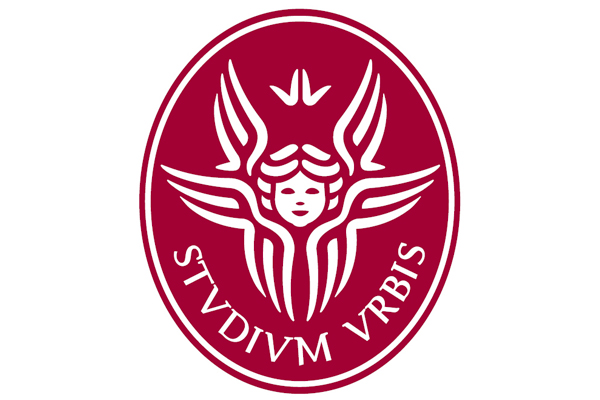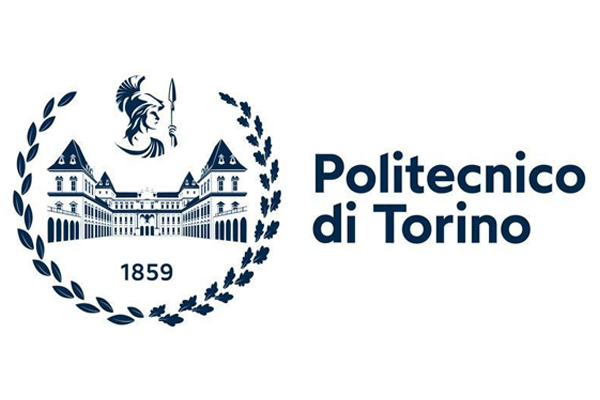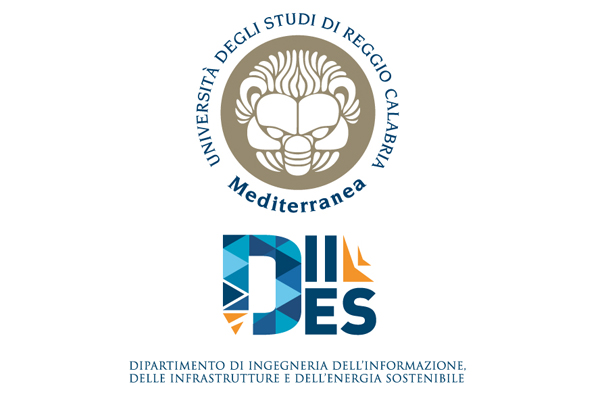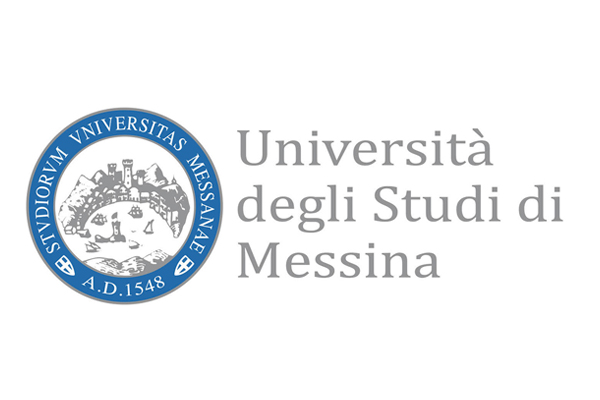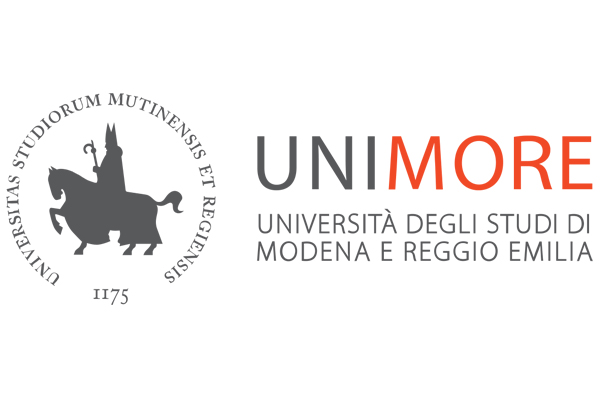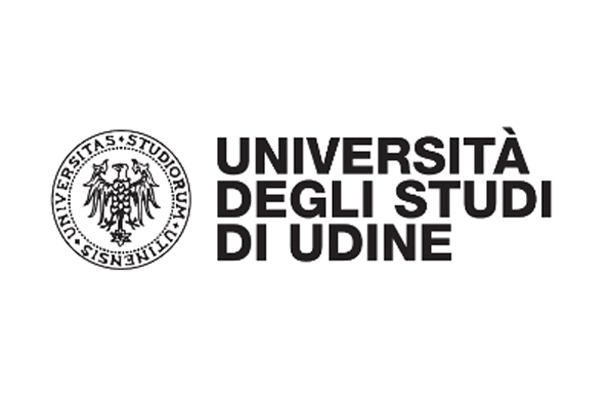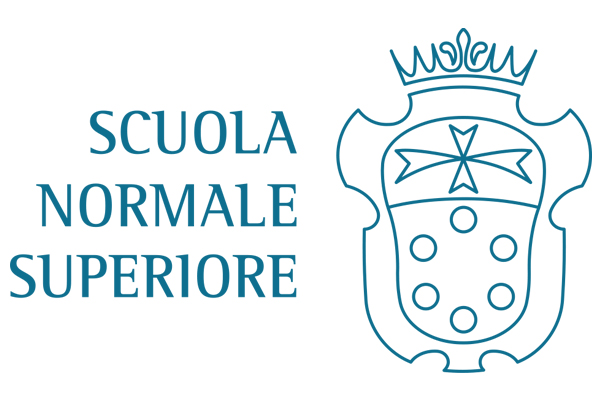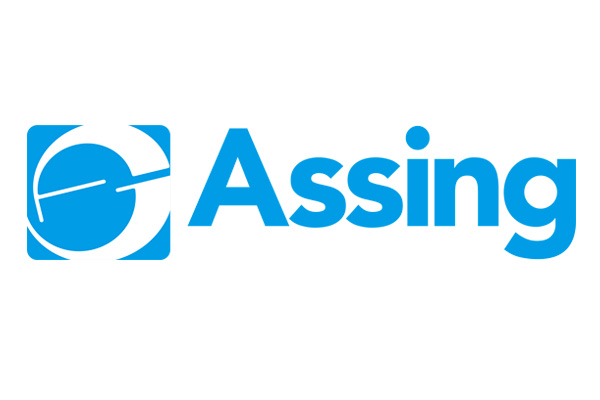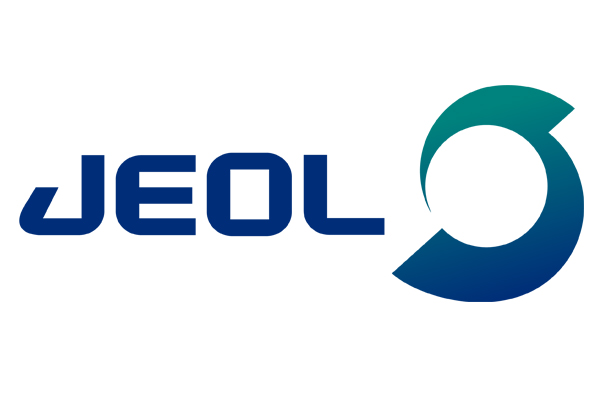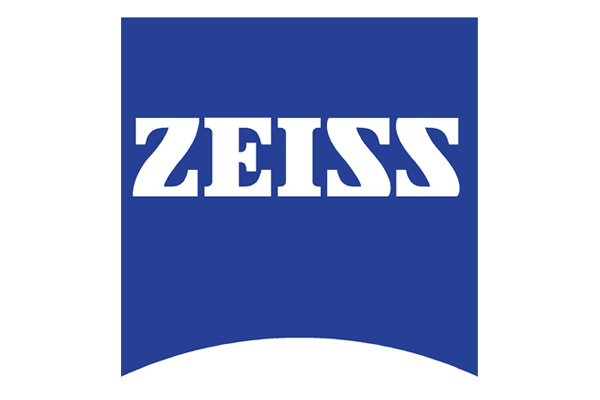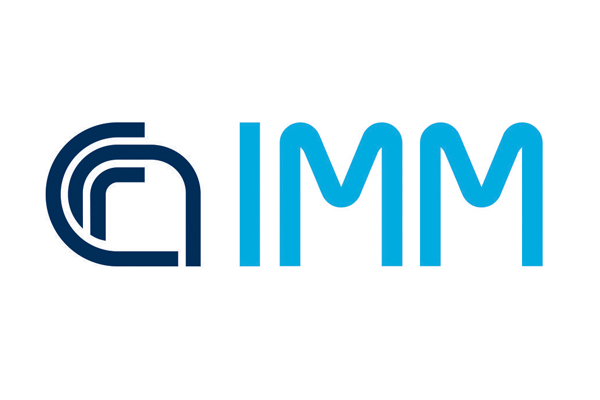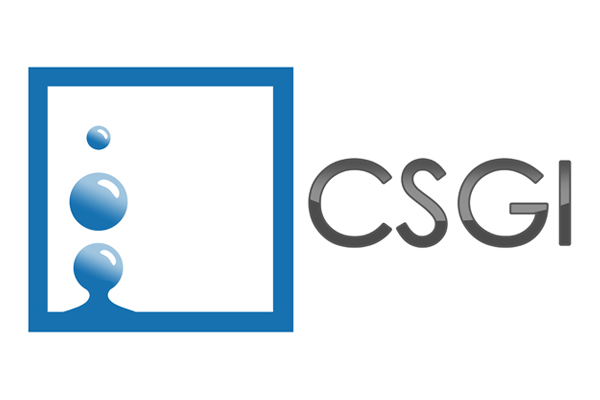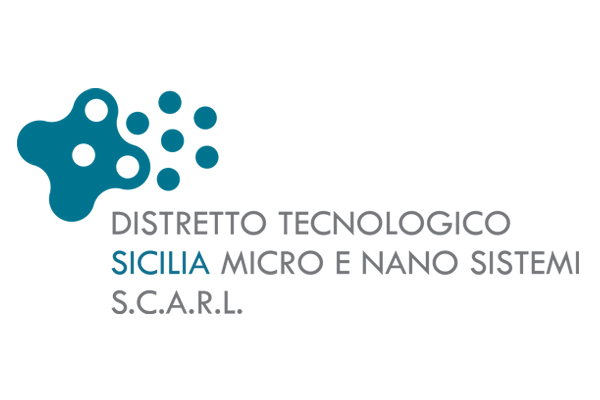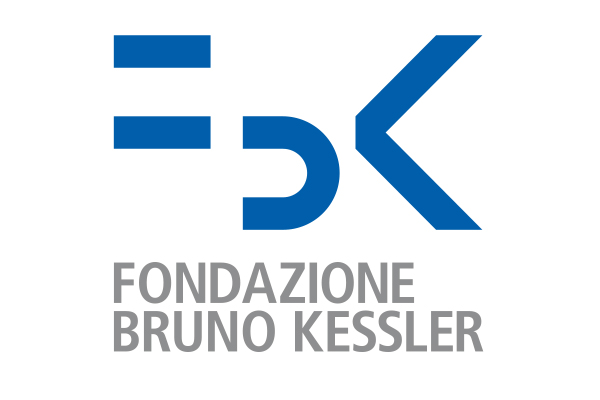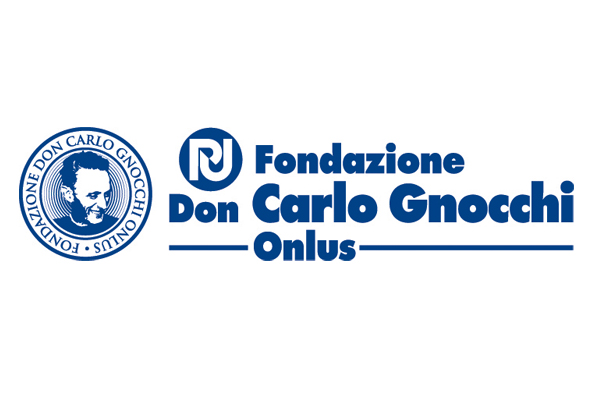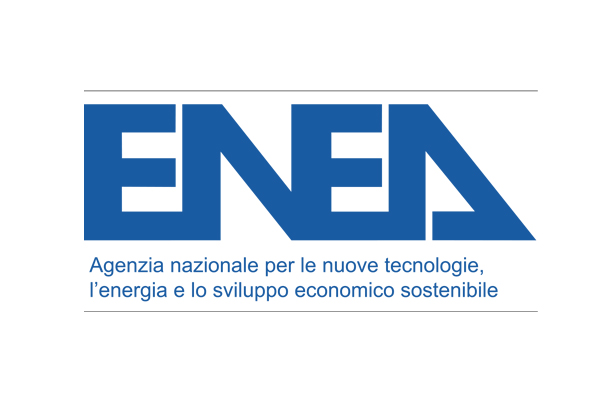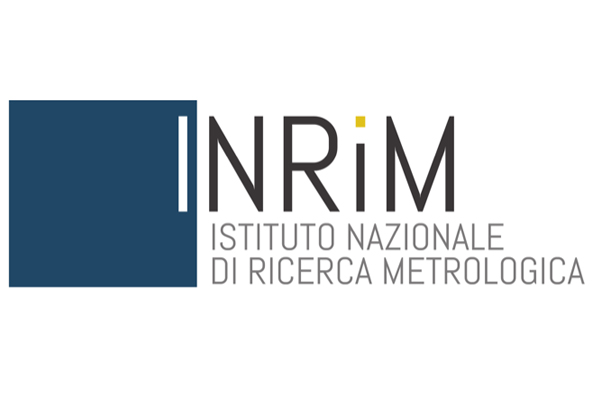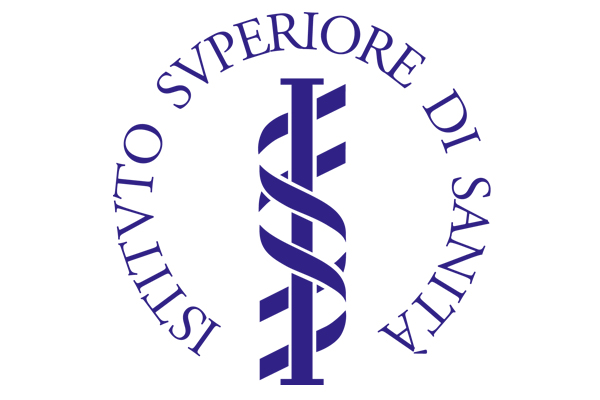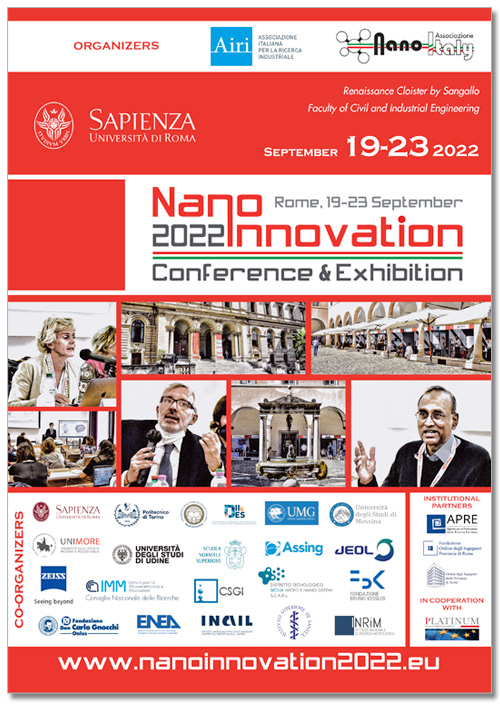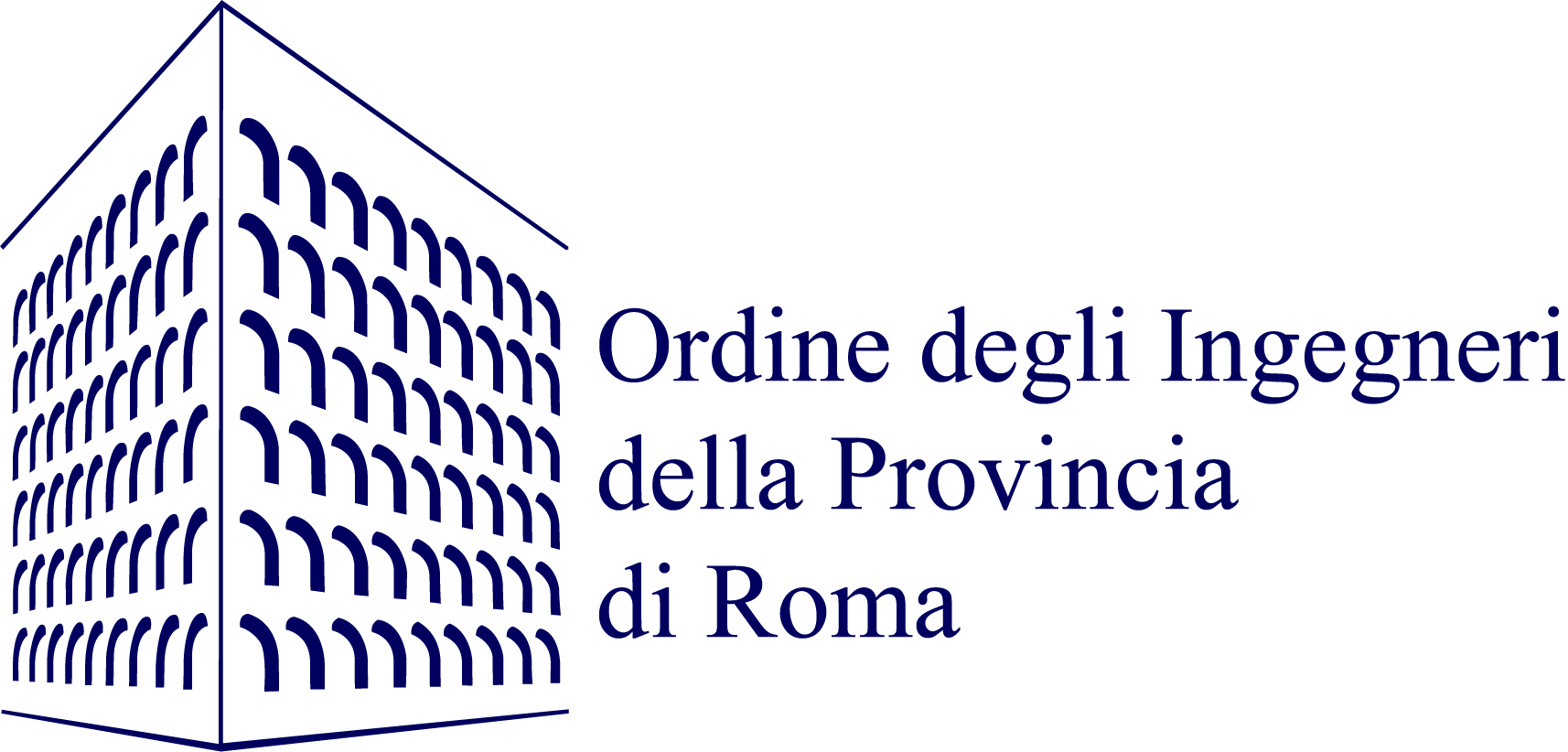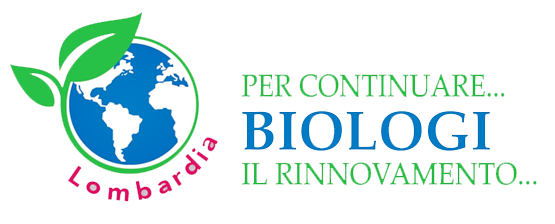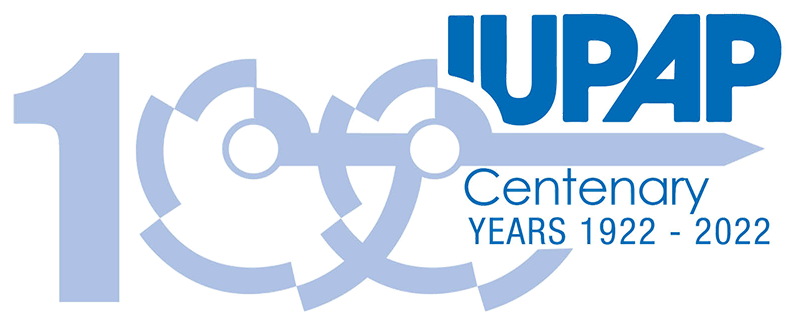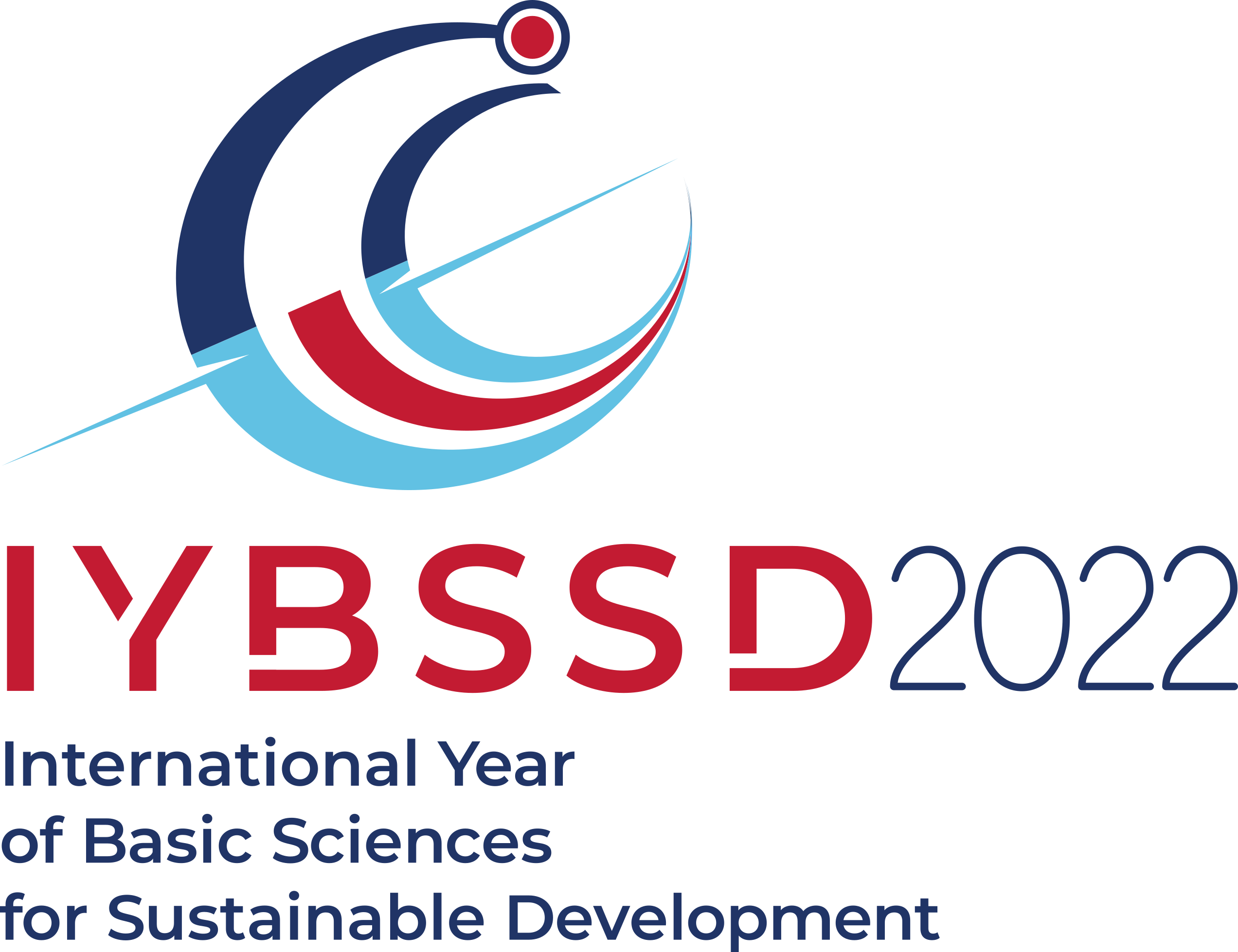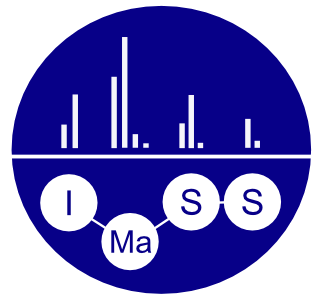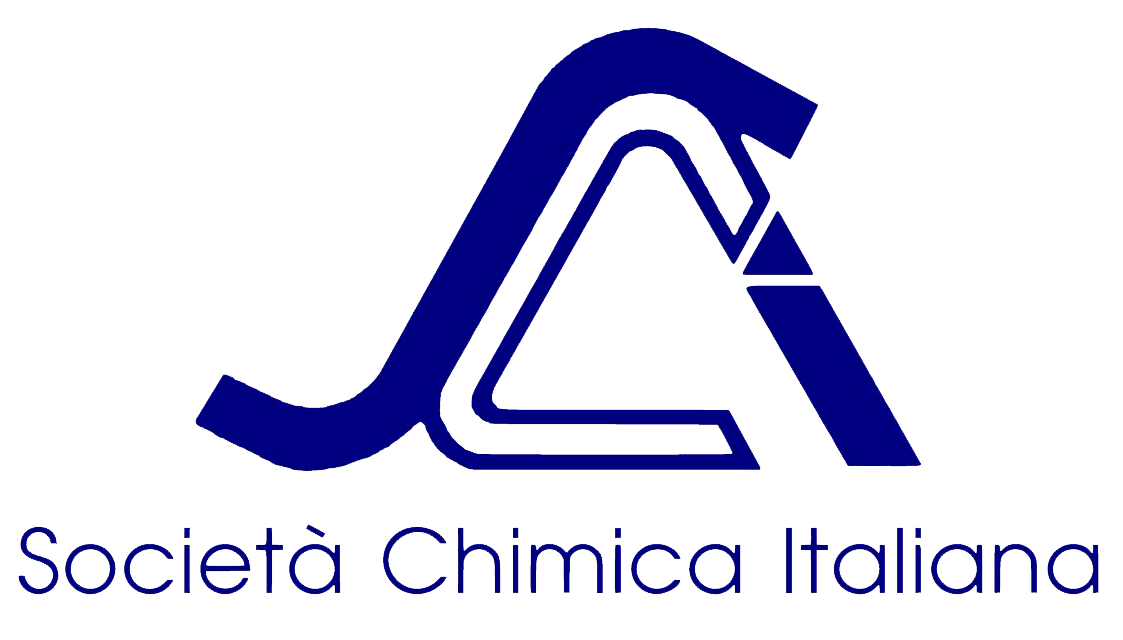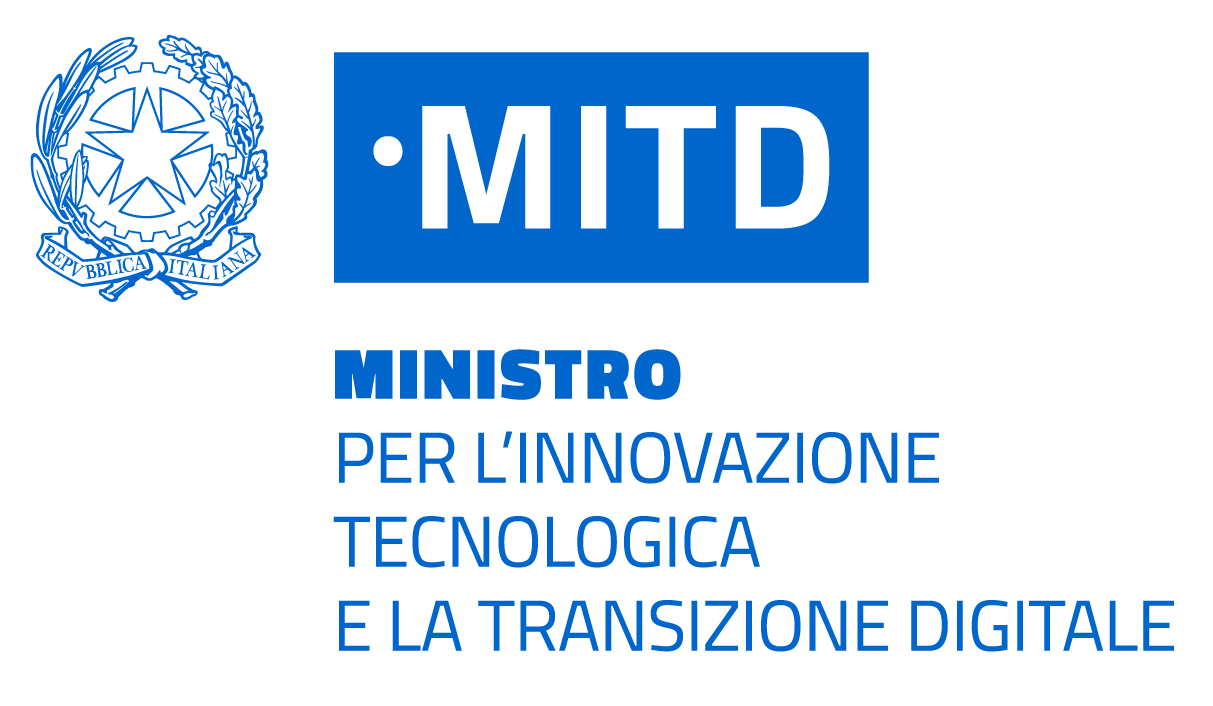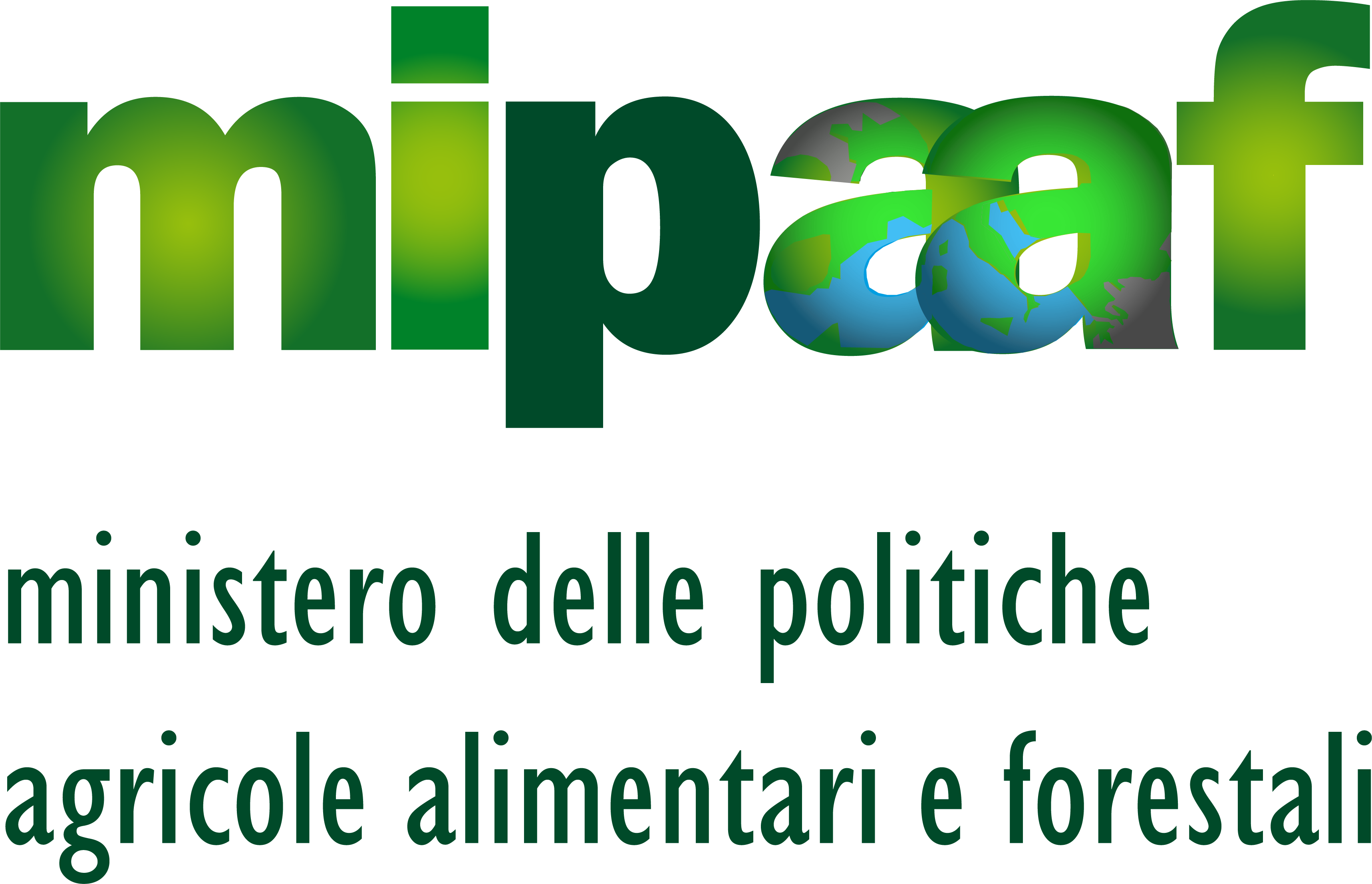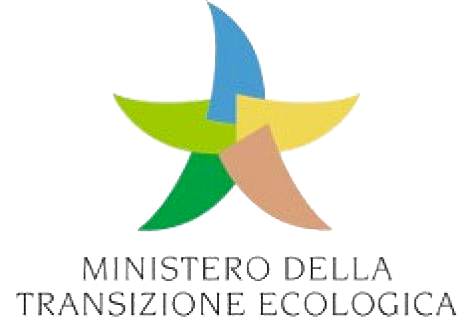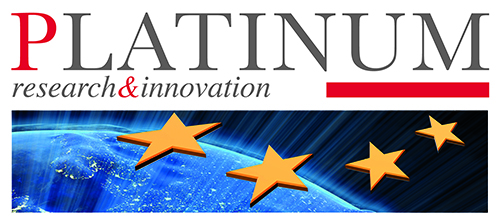Overview Workshop
|
INNOVATION FOR THE ENERGY TRANSITION September 21 - 22 |
||||||
| go to detail |
||||||
| Co-organized with: |
||||||
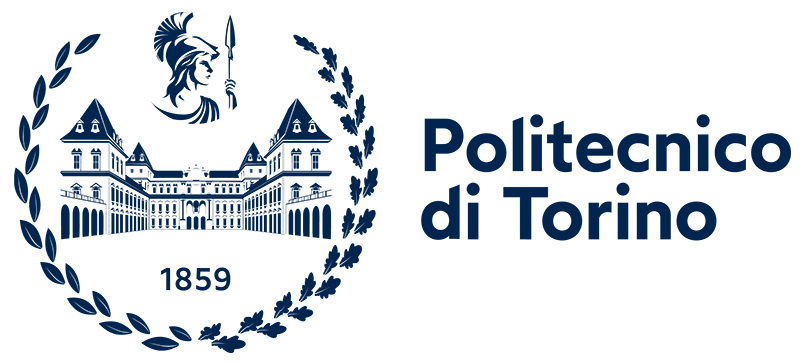 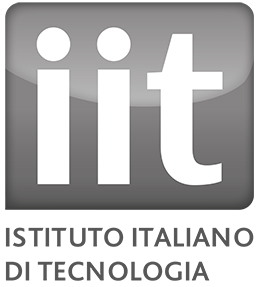 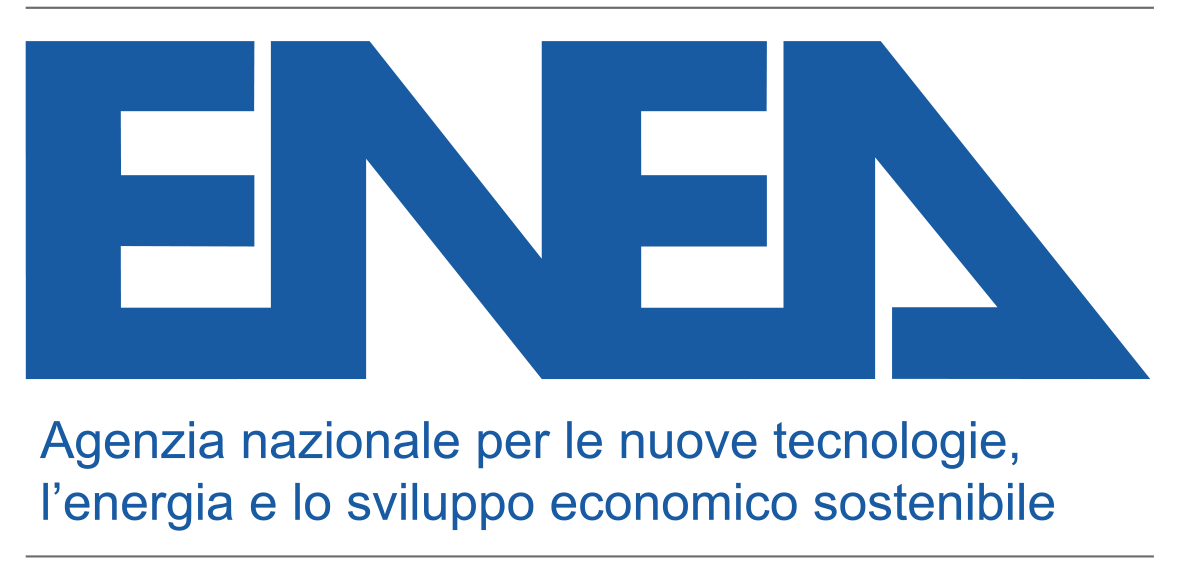 |
||||||
|
WORKSHOP COMMITTEE |
||||||
|
In recent years, the negative impact of anthropogenic CO2 emissions on our planet’s climate has motivated a progressive transition from a global energy scenario heavily reliant on fossil fuels to one based on environmentally benign, renewable energy sources. Several studies highlighted that advanced nanomaterials and nanotechnology have the potential to achieve a breakthrough in the development of novel applications for a sustainable future and for the energy transition. This workshop gathers contributions from both the academic and industrial world to strengthen their synergistic contribution to technological growth for sustainability. Renewable energy sources produce energy following a mostly unpredictable pattern, linked to meteorological winds and clouds. However, the energy network is rigid and production must closely match consumption daily curves. That implies the necessity to store the mismatched generated energy for later use, a technologically advanced, industrially demanding and scientifically challenging task. Electrochemical energy storage can help to some extent but it is not suited for long term high power GW systems. Hydrogen can be seen as an ideal energy vector, that faces however the issue of storage and requires efficient generation and compression. While the long-term solution is abandoning fossil fuels for renewable sources, it has been shown that in the short-to-medium term conventional fuels will still be used and CO2 emissions will have to be compensated for. In this scenario, one of the most interesting and challenging strategies to mitigate the disastrous effect of carbon dioxide on earth’s climate, is to consider CO2 as valuable raw material to obtain value-added fuels and chemicals through its photo/electrochemical reduction (CO2RR). The key challenge for this application is to develop highly selective, stable, efficient, environmental-friendly and inexpensive photo/electrocatalysts. Combining H2 and CO2 technologies is also emerging as a positive strategy for a progressive and economically sustainable energy transition, capable to reduce fuels’ impact on the environment, while still granting their use where necessary. Moreover, it’s worth noting that the scenario appears strategically suited for Italy, that has several mayor and technologically advanced gas industries, a capillary methane distribution system and erratic meteorological patterns while it has abandoned the alternative nuclear energy. LCA is finally vital to understand if technologies proposed by researchers are, however fascinating for the layman and for the legislator, overall counterproductive for the planet. In all the boiling mix of ideas that are currently emerging in the landscape, we suggest that a few major, plurennial, country size, research programs should be activated for exploiting some long term technological and scientific developments in the field. |
||||||
|
WS.II EXTRACELLULAR VESICLES:
September 21
|
|||
| go to detail |
|||
| Co-organized with: | |||
 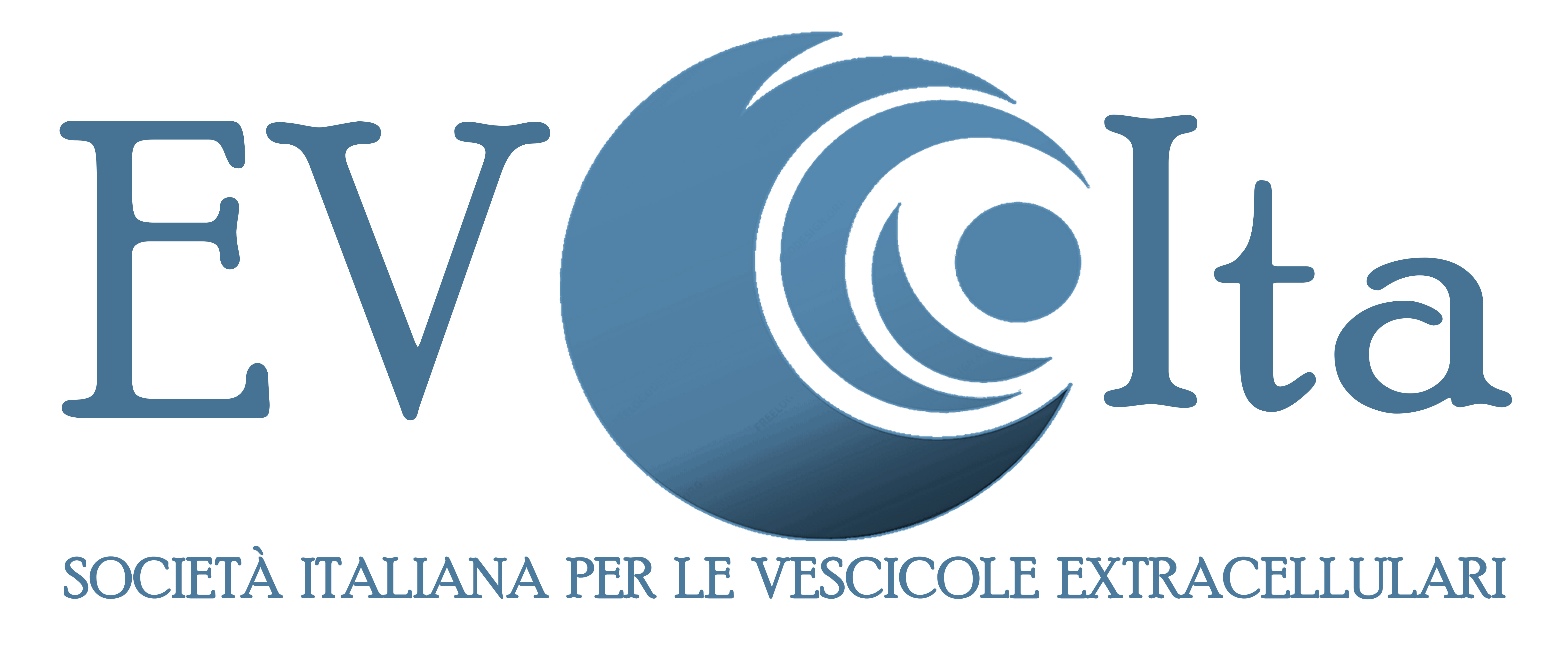 |
|||
|
WORKSHOP COMMITTEE:
in definition |
|||
|
Extracellular vesicles (EVs) have until recently been considered only cellular debris. Today they have been recognized as fundamental elements in intercellular communication. |
|||
|
INNOVATIVE APPROACHES IN UNMET CLINICAL NEEDS
September 21 |
|||||
| go to detail |
|||||
| Co-organized with: |
|||||
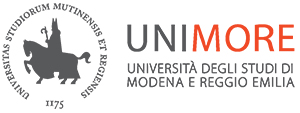 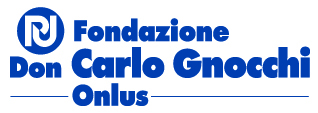 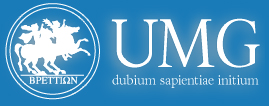 |
|||||
|
WORKSHOP COMMITTEE |
|||||
|
In this day, different actors (academia, industry, regulatory) will discuss and describe the development of innovative and enabling technologies for facing unmet clinical needs, varying from diagnosis to therapeutic aims. In line with Horizon Europe pipelines, pathological focuses will be devoted on cancer, brain related diseases, cardiovascular pathologies. A comprehensive overview of the recent and established innovation in health technologies will be highlighted with a special focus on several aspects strongly impacting on the success of innovation approaches and its application into clinical setting and shown by different sides of view, from design, to materials, characterization, production and scale up, ending to successful stories of yet approved and on market technologies. |
|||||
|
BEYOND STATE OF THE ART, THROUGH SAFE AND SUSTAINABLE
September 21 |
||||||||||
| go to detail |
||||||||||
| Co-organized with: |
||||||||||
 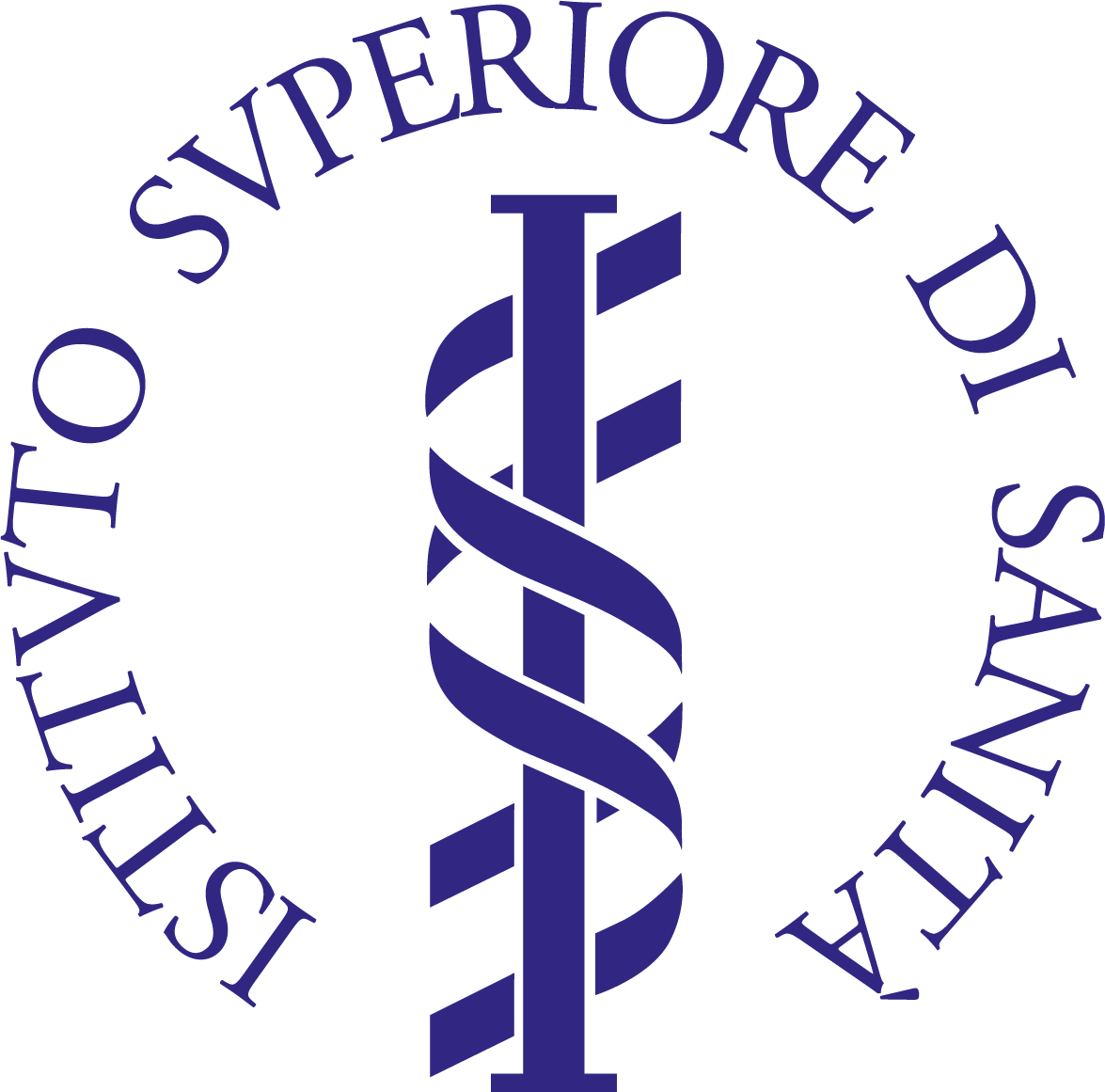 . . 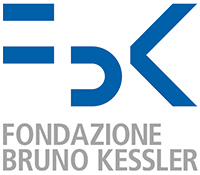 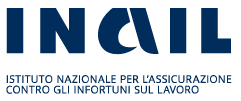 |
||||||||||
|
WORKSHOP COMMITTEE |
||||||||||
| The safety and sustainability of chemicals and materials and their applications is a cornerstone of current EU policy and industrial strategies. Policy makers and industrial actors are working to identify frameworks and criteria for the practical implementation of the Chemicals Strategy for Sustainability (CSS), and these will increasingly become premium aspects to access funding and contracts. Nanomaterials provide an exemplar of initial implementation of SSbD. The workshop will reflect on the recent policy discussion at EU at national level and will provide examples and case studies from research and production processes and will illustrate findings of Gov4Nano and other EU projects on the matter. The workshop is also open to both innovators and risk managers in research organizations, companies, institutions and other organizations active and interested in the safety and sustainability of advanced materials, nanomaterial and related products. |
||||||||||
|
MICRO AND NANOTECHNOLOGIES IN EMERGING LIQUID BIOPSY APPLICATIONS
September 22 |
|||||
| go to detail |
|||||
| Co-organized with: | |||||
 |
|||||
|
WORKSHOP COMMITTEE |
|||||
|
Organic transistors like Organic Field Effect Transistor OFETs, Electrolyte-gated organic Transistor EGOFETs and Organic Electrochemical Transistor OECTs have recently attracted intensive investigation for several biosensing applications thanks their flexibility, biocompatibility, large-scale processability, sensitivity and intrinsic biological to electrical signal transduction capability. The first symposium "Organic transistors-based biosensors" will cover and discuss the most recent outcomes in this field, future perspective and limiting issues to overcome for practical applications. |
|||||
|
FROM UNIVERSITY TO MARKET
September 22 |
|||||
| go to detail |
|||||
| Co-organized with: |
|||||
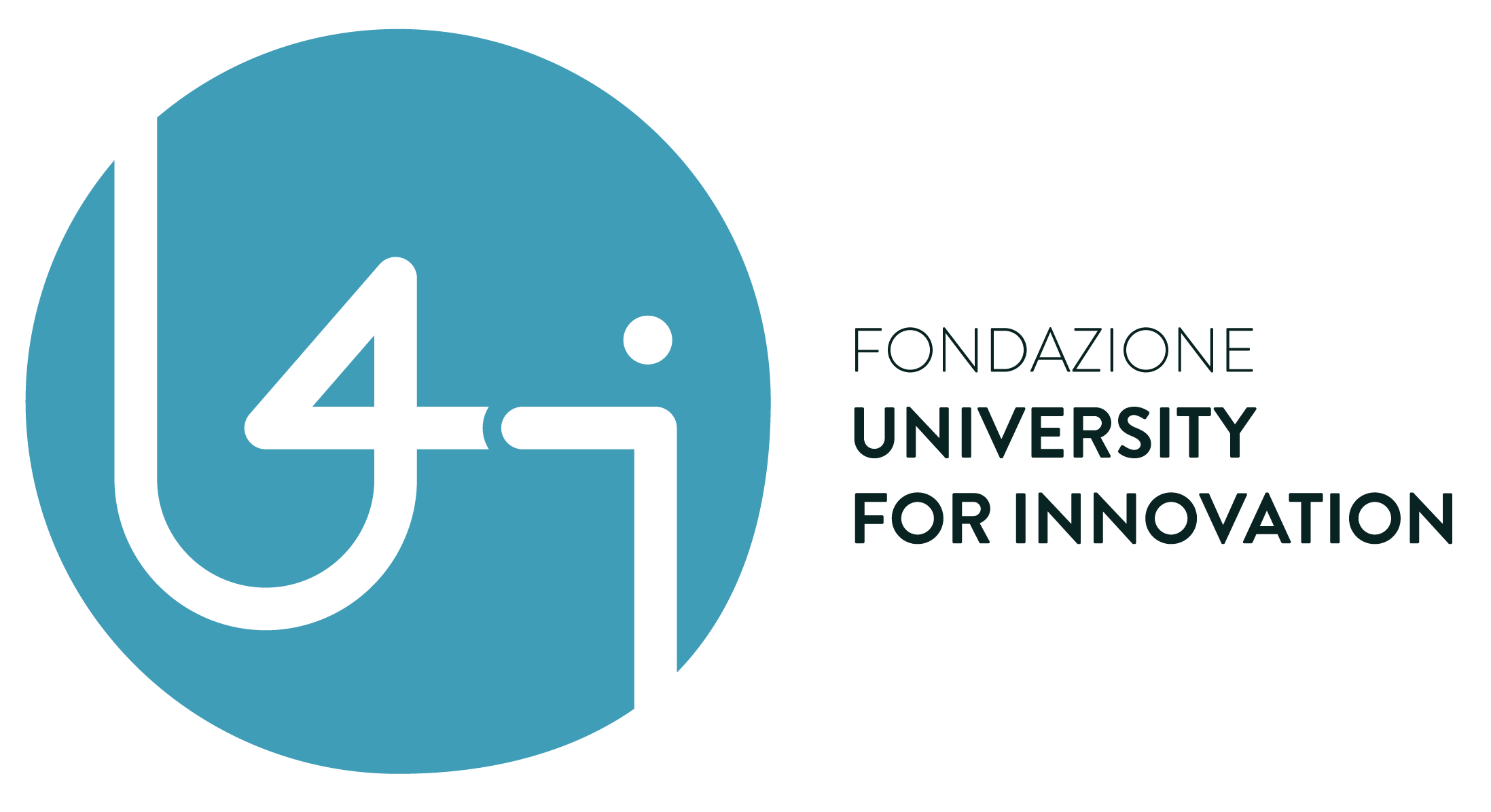 |
|||||
|
WORKSHOP COMMITTEE |
|||||
|
The ability to create innovation plays a central role in economic growth and quality of life but it is also increasingly important in addressing the many social challenges. |
|||||
|
AGRI-NANOTECHNIQUES
September 23 |
|||||
| go to detail |
|||||
| Co-organized with: |
|||||
 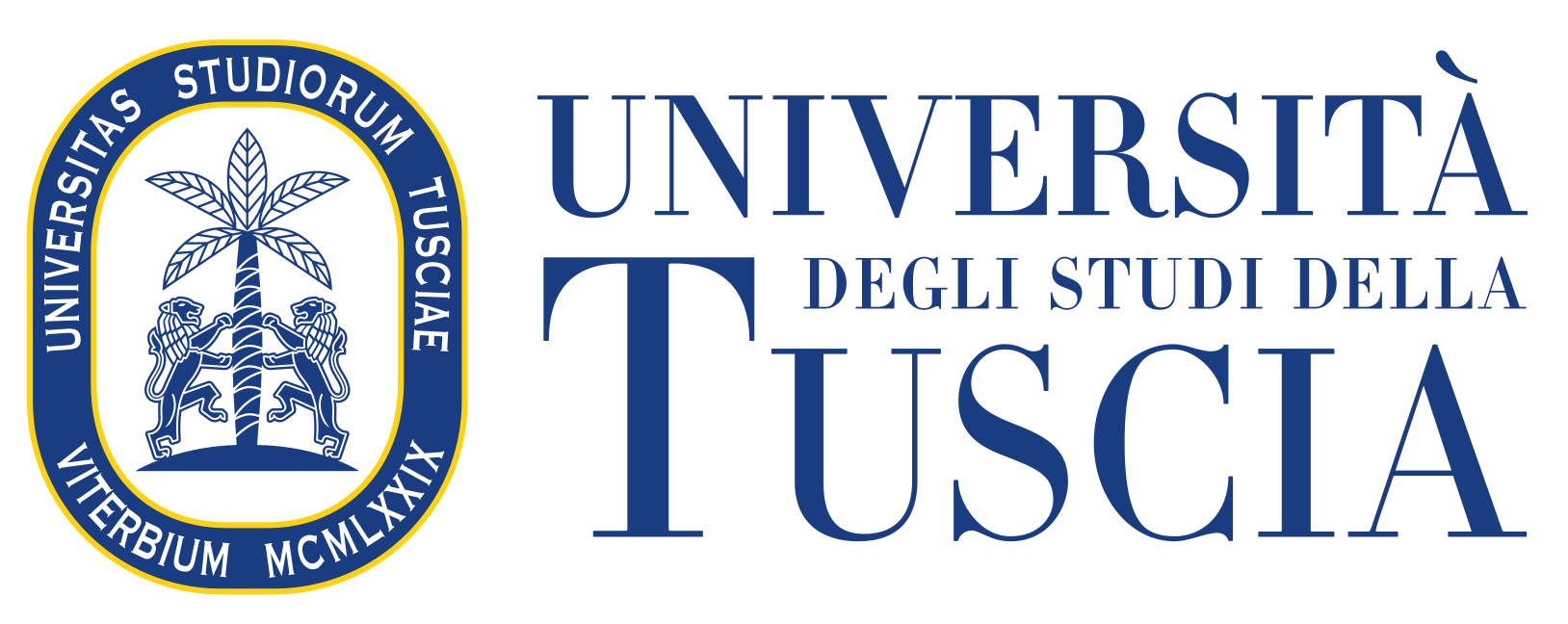  |
|||||
| Under the patronage of | |||||
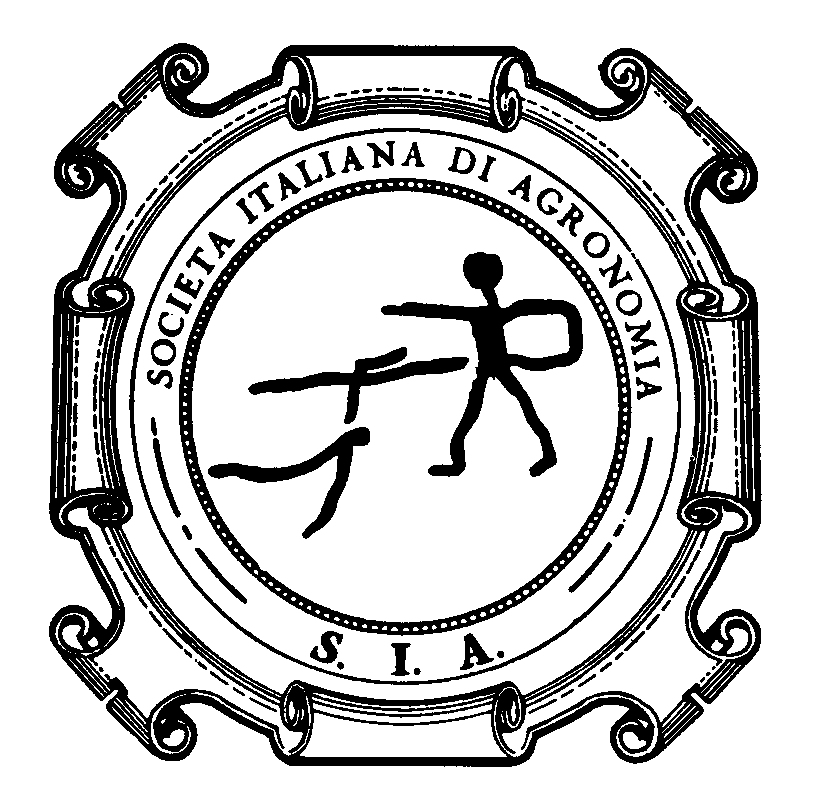 |
|||||
|
WORKSHOP COMMITTEE |
|||||
|
With the world’s population expected to exceed nine billion by 2050, scientists are working to develop new ways to meet rising global demand for food, energy and water without increasing the strain on natural resources and the environmental pressure. Organizations including the World Bank, and the U.N. Food and Agriculture Organization, as well as the EU F2F and Green Deal strategies are calling for more innovation to address the challenges of the agri-food sector. The development of AgriNanoTechniques has been started very recently; they will be implemented within the evolving science of precision agriculture, in which farmers use technology to target their use of water, fertilizer, plant protection products and other inputs. A second, broad potential application concerns the issues of reduction and valorization of agri-food wastes. The introduction of nanotechnologies in agriculture still needs deepen basic and applied knowledge, however several promising results were achieved, so far. A huge development is taking place in this sector, therefore nanotech applications currently under development will soon be overtaken by other ideas that are expected to contribute to solve several issues in the field of sustainable agriculture. NanoInnovation 2022 hosts the 6th edition of the workshop “AgriNanoTechniques” co-organized by the Universities of Udine, Tuscia, and the Italian National Institute of Health (ISS). The workshop will be the forum for discussing the perspective of nanotechnologies in the primary sector among the stakeholders and scientific research. |
|||||
|
WS.VIII NEW SPACE
September 23
|
|||
| go to detail |
|||
| Co-organized with: | |||
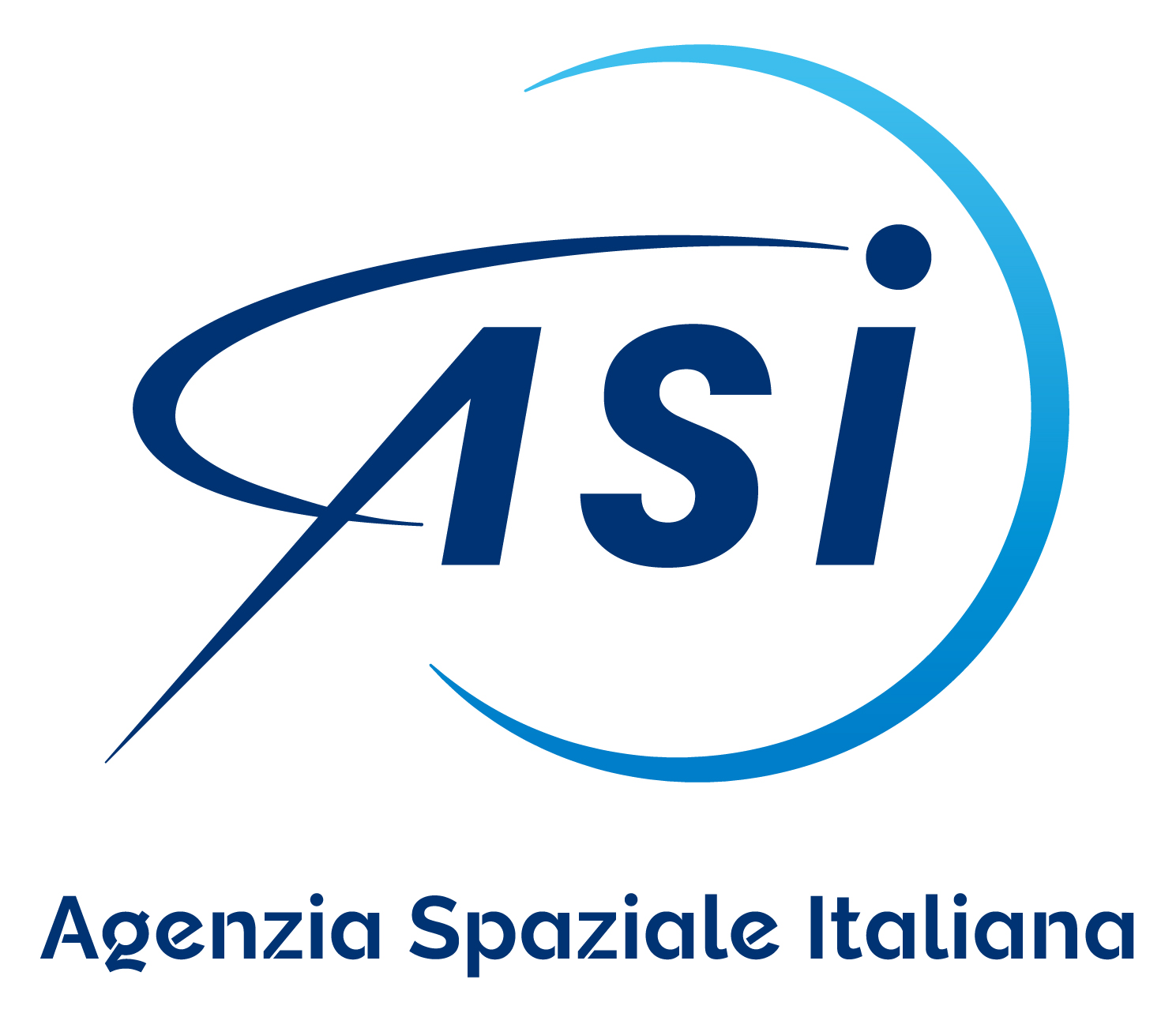 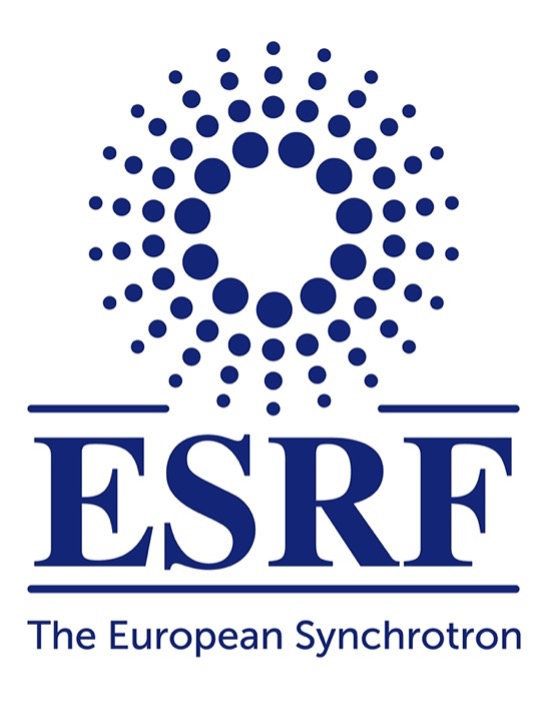 |
|||
|
WORKSHOP COMMITTEE: |
|||
|
Aerospace is definitely one of the fields where the impact of innovation is the most important. This is the direct consequence of the need for excellence related to the extreme conditions of operation, the very demanding specifications, the complexity of the equipment and the need for high level of reliability (very low rates of failure). In this section we will present and discuss two of the key technologies for the so-called “: New Space”: a) the use of COTS (components on the shelf) in electronic systems for space applications; b) the extensive use of metallic parts made by additive manufacturing for aerospace. |
|||

